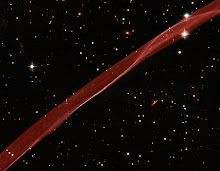At a recent meeting of the local beekeepers association there was a heated exchange about the advice a beekeeper had given to the resident of a nearby town. The aluminum siding on the man's home was filled with thousands of bees. He had contacted the association to get help. After assessing the situation, determining they weren't honeybees and attempting to relocate them, the beekeeper finally advised him he should contact an exterminator. There were outraged exclamations throughout the room, "We should never tell anyone to kill bees!" Then a calm voice from the back of the room commented, "Yeah, put 'em in a hive, they'll die soon enough." The room grew quiet.
CCD is a real concern to the hobbyist and commercial beekeeper alike. Every beekeeper anticipates a certain percentage of loss each year for various reasons. But CCD is an unusual and worldwide threat . Every local meeting begins with a report from each person on the status of their hives. In our group we monitor our own hives and have regular meetings with scientists at Penn State University to get the latest updates. A significant number of us do not use chemical treatments for mites and other common applications. Does that make us more vulnerable? Or do pesticides contribute to the problem? Are the commercial beekeepers the significant victims of this problem? Or is the hobbyist just as vulnerable? For now, we just continue to do our regular hive inspections and keep the lines of communication open with each other and the scientific investigators.
I'm thankful for honeybees
Subscribe to:
Post Comments (Atom)


No comments:
Post a Comment